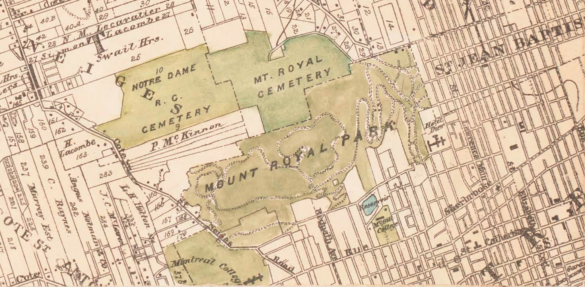
Cadastral maps are detailed representations of land parcels that provide comprehensive insights into property boundaries, land ownership details, and the physical characteristics of a specific area. They serve as tools to comprehend the legalities tied to geographical areas and play a pivotal role in land management and urban planning.
Table of Contents
Land management can be rather complex, especially if any doubts arise about property lines or land ownership. Cadastral maps visualize all those details, facilitating real estate transactions and helping urban planners find the answers they need.
For example, a cadastral map might reveal the precise boundaries of a residential property, detailing where one homeowner’s land ends and another’s begins. In this way, homeowners, real estate professionals, and government officials can use the map to navigate property transactions and resolve potential disputes.
Similarly, in urban planning, a cadastral map could showcase the zoning and land use information for a city district, guiding city planners in making informed decisions about infrastructure development and ensuring efficient management of the land.
Cadastral maps are often used by government officials, surveyors, real estate professionals, and urban planners. Popular use cases include:
Cadastral mapping serves as a database of official information–from legal zoning and land use details to the boundaries and ownership of land parcels. All the data stored in these maps makes them a valuable tool for officials and real estate professionals who need to understand the fine print of land records.
The key information contained in a cadastral map includes:
Cadastral mapping comes in various forms, each serving specific purposes and showcasing land information in unique ways. Here’s a breakdown of the common types:
In conclusion, cadastral map visualizations stand as essential tools in decoding the complexities of land-related matters.
As mapping technology continues to evolve, cadastral mapping remains a vital tool for officials and real estate professionals–but to be truly effective, these maps require efficient visualization and readily accessible information. That’s where Maptive steps in: by enhancing the display and usability of cadastral maps, Maptive contributes to easier access to crucial data and a smoother user experience for those relying on cadastral mapping in their daily work.
To experience the power of advanced mapping technology, consider trying Maptive for a firsthand exploration of dynamic and interactive cadastral mapping.
Explore the future of land-related insights with Maptive today!
Struggling to manage complex cadastral data and translate it into actionable insights? Look no further than Maptive! We offer a powerful suite of mapping solutions specifically designed to help you unlock the potential of your cadastral map visualizations.
Import and visualize data from various sources, seamlessly integrate with GIS platforms, and analyze land use patterns with ease. Whether you’re a real estate developer seeking optimal development sites, a government agency managing public assets, or a surveyor crafting accurate property reports, Maptive empowers you to gain valuable insights, streamline workflows, and make informed decisions. Don’t just have data, leverage it with Maptive.
Brad Crisp is the CEO at Maptive.com, based in Denver, CO and born in San Francisco, CA. He has extensive experience in Business Mapping, GIS, Data Visualization, Mapping Data Analytics and all forms of software development. His career includes Software Development and Venture Capital dating back to 1998 at businesses like Maptive, GlobalMojo (now Giving Assistant), KPG Ventures, Loopnet, NextCard, and Banking.
